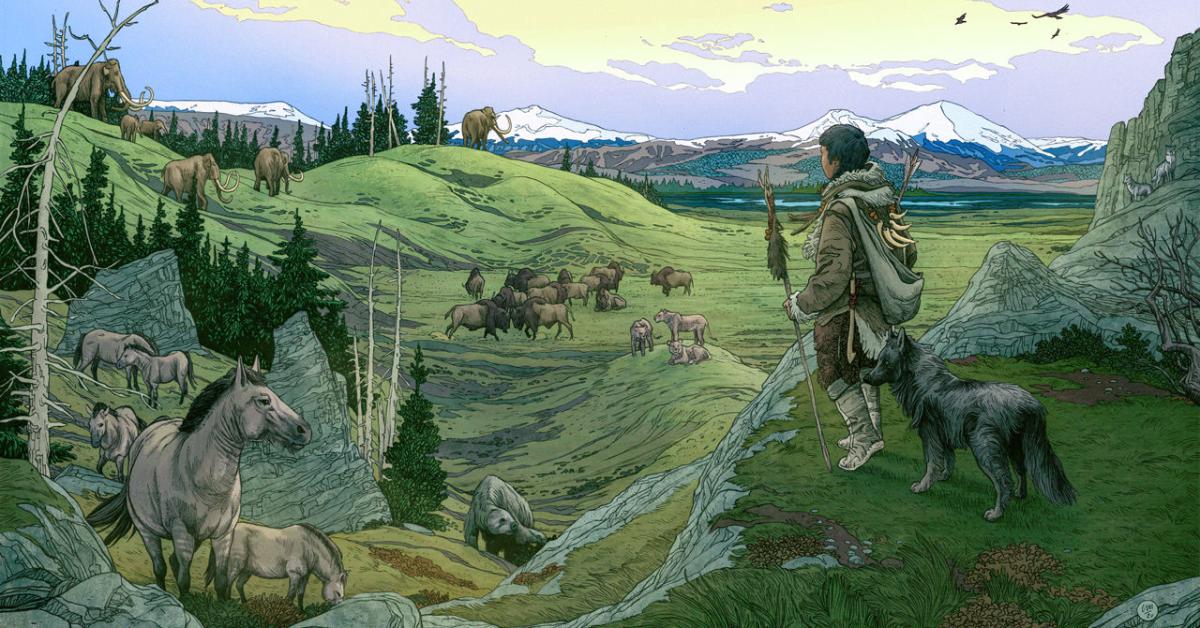Scientists have discovered the remains of what may be the world’s earliest domesticated wolves. Or dogs. Or something between the two.

The researchers, who discovered the find in a cave in southwest Germany, described the fossils in the journal Scientific Reports. They note that the specimens could not be classified as either ancient wolves or modern dogs, but encompassed “almost the entire breadth of genetic diversity of all contemporary and ancient dogs and most wolves.”
There is a general scientific consensus regarding when and where wolves were domesticated: the process is thought to have occurred around 16,000 years ago in Eurasia, but whether it began at a single location or at several sites simultaneously is not clear.
The remains were found at the Gnirshöhle cave located in the Hegau Jura region of today’s Germany and suggest that the cave’s residents – members of the Magdalenian cultures towards the end of the Pleistocene – had already begun to domesticate wolves at this time. This means they could as well have been the world’s very first dog breeders.

The scientists analyzed the morphology, genetics, and isotopes of the canid remains found at Gnirshöhle and came to the conclusion that the specimens descended from multiple ancient wolf lineages, including one that doesn’t match any other canid lineage from the region. This suggests that the cave’s residents may have tamed and reared wolves from numerous subpopulations, some of which originated outside of the region, and even Europe.
The isotope analysis also indicated that the canids consumed a low-protein diet that differed greatly from that of wild wolves, which implies they were fed by humans. “Thus, we consider the Gnirshöhle canids to likely represent an early phase in wolf domestication – facilitated by humans actively providing a food resource for those early domesticates,” explained the researchers.

“The closeness of these animals to humans and the indications of a rather restricted diet suggest that between 16,000 and 14,000 years ago, wolves had already been domesticated and were kept as dogs,” study author Chris Baumann noted. That said, Gnirshöhle may not have been the only site of wolf-domestication during this process as similar processes may have been occurring elsewhere.
When the team had a closer look at the specimens’ mitochondrial genomes, they were able to identify specific wolf and dog genes, which then they traced back to a common ancestor that lived about 135,000 years ago. Although this doesn’t necessarily mark the point at which domestication began, the scientist believe it provides an “upper time limit of such events.”
With the new findings, the researchers have pulled back the curtain on a potential stage for animal domestication. The team concluded that “while we cannot address the question of the domestication event’s singularity, our results support the hypothesis that the Hegau Jura was a potential center of early European wolf domestication.”
Sources: 1, 2, 3, 4, 5, 6
